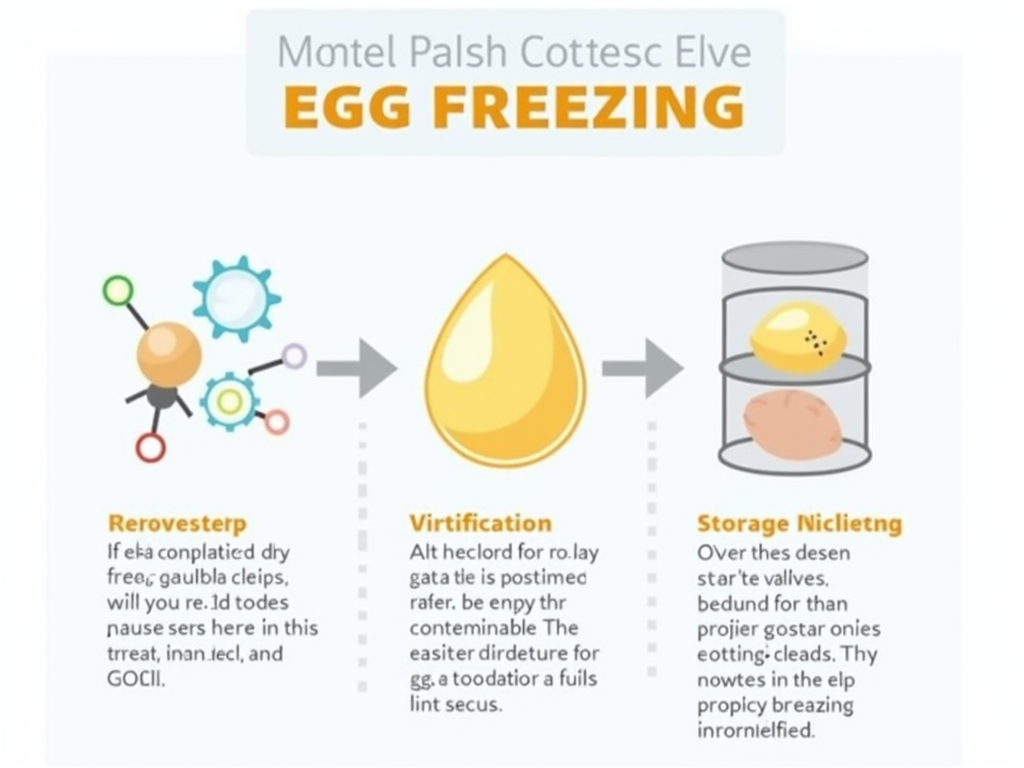Advancements in Fertility Preservation Technology: A Comprehensive Guide
April 23, 2025, 5:24 p.m.
Fertility preservation technology is transforming lives, giving people more control over their future family plans. Whether it’s for medical reasons like cancer treatment or personal choices like delaying parenthood, these advancements offer hope. This article dives into the latest developments, shares real stories, and explores what’s next for reproductive health.
What is Fertility Preservation?
Fertility preservation means saving eggs, sperm, or reproductive tissue so you can have kids later. It’s a lifeline for people facing treatments like chemotherapy that might cause infertility. Others use it to wait until they’re ready—maybe for a career or finding the right partner. It’s about keeping your options open.

How It Started: Traditional Methods
Years ago, fertility preservation had a few basic options:
- Egg Freezing: Doctors retrieve a woman’s eggs and freeze them.
- Sperm Freezing: Men provide a sample that’s stored cold.
- Embryo Freezing: Eggs and sperm combine into embryos, then get frozen.
These worked, but not always well. Eggs, especially, often didn’t survive thawing. Things are different now, thanks to new tech.
Breakthroughs in Fertility Preservation Technology
Today’s advancements in fertility preservation technology are game-changers. Take egg freezing: a method called vitrification freezes eggs super fast, boosting survival rates. A study from the American Society for Reproductive Medicine found over 90% of eggs now survive thawing—way better than before.
Then there’s ovarian tissue cryopreservation. Doctors remove and freeze ovary tissue, then put it back later to restore fertility. It’s perfect for young girls who can’t freeze eggs yet. Men benefit too, with improved sperm freezing tricks.

New Frontiers
Researchers aren’t stopping there. They’re testing in vitro maturation (IVM), where immature eggs mature in a lab before freezing. This skips heavy hormone shots, making it easier on the body. These advancements in fertility preservation technology mean more people can plan families on their terms.
Saving Fertility Before Cancer Treatment
Cancer patients often face a tough reality: treatments like chemo can harm fertility. Fertility preservation steps in here. Freezing eggs, sperm, or tissue before treatment keeps the dream of kids alive. The National Cancer Institute stresses talking to doctors early—timing matters.

Real People, Real Stories
Meet Anna, a 34-year-old teacher. ‘I froze my eggs because I wasn’t ready for kids,’ she says. ‘The process was quick, and now I feel less pressure.’ Dr. Rachel Kim, a fertility expert, adds: ‘These technologies give my patients power over their futures. It’s incredible to see.’ These stories show how fertility preservation changes lives.
Inside Fertility Preservation Clinics
Fertility preservation clinics are where the magic happens. They’ve got the latest tools and know-how to make these procedures work. Want to try it? Look for a clinic with a solid track record and staff who listen. It’s your future—choose wisely.

Big Questions to Think About
These advancements spark debates too. Some worry women might delay kids for work, feeling forced into it. Others ask if it’s fair that not everyone can afford it. Harvard Medical School has explored these ethics—it’s a balance of progress and fairness we need to get right.
What’s Next?
Advancements in fertility preservation technology keep rolling. Better success rates, less invasive methods, and wider access are on the horizon. For anyone facing infertility or planning ahead, these innovations light the way. The future of starting a family looks brighter every day.